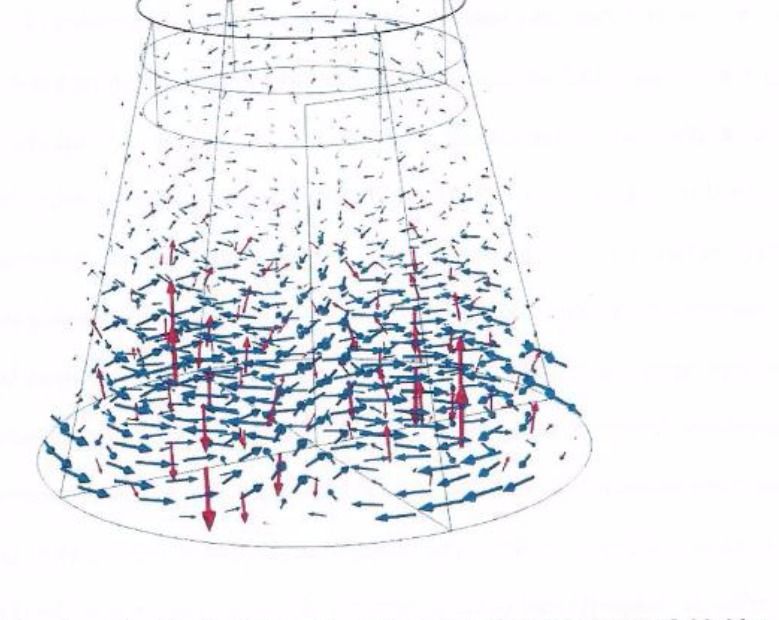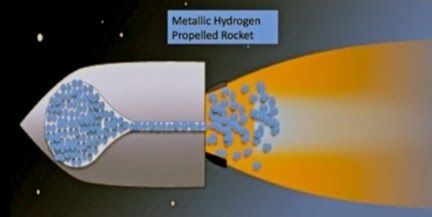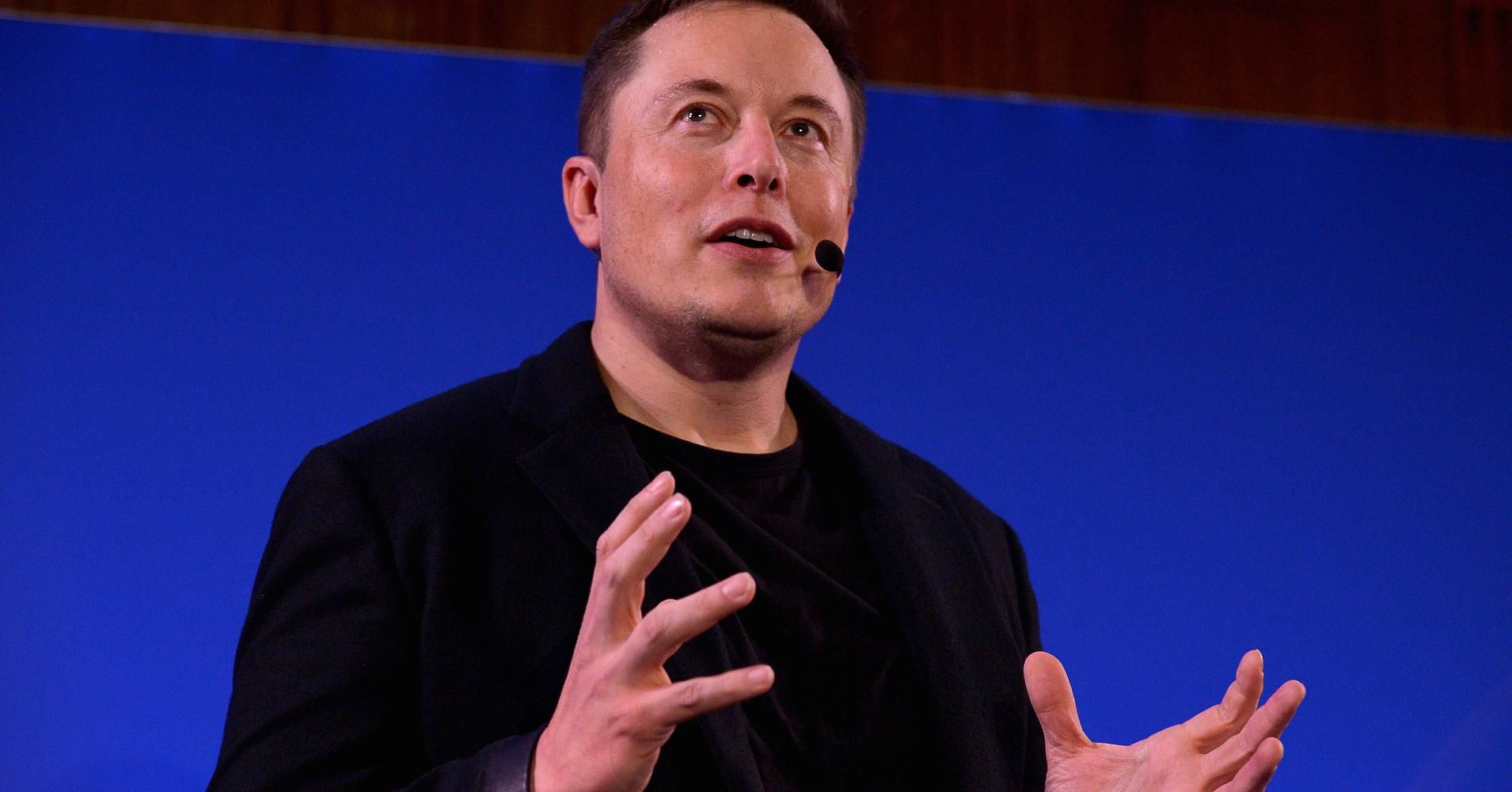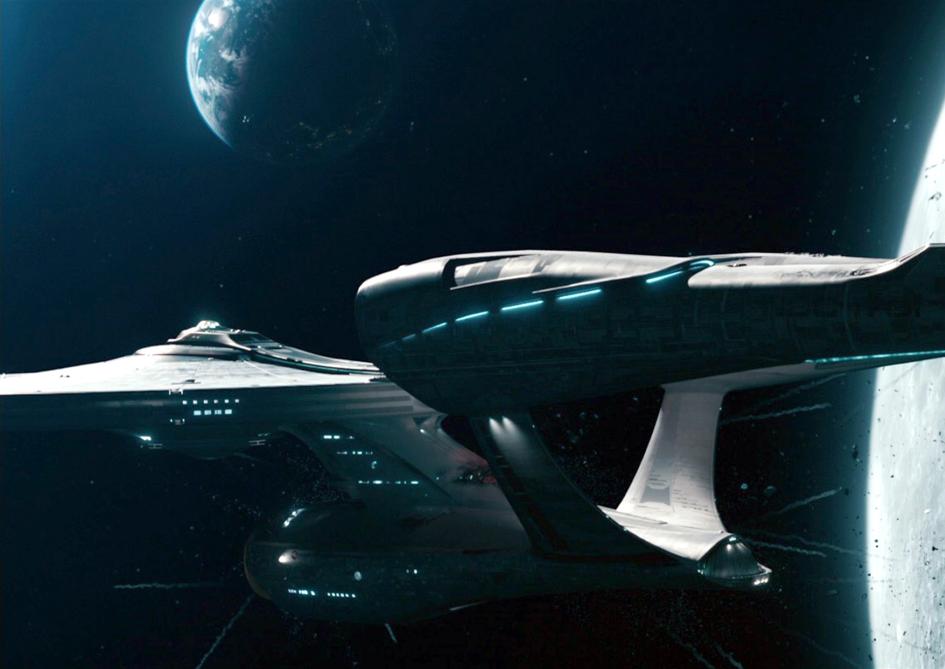A low thrust pendulum at the NASA Johnson space center was used.
The best conventional Hall thruster can produce 60 millinewtons per kilowatt which is an order of magnitude more than the emdrive that was tested.

A low thrust pendulum at the NASA Johnson space center was used.
The best conventional Hall thruster can produce 60 millinewtons per kilowatt which is an order of magnitude more than the emdrive that was tested.

On October 5th 2016, Ranga Dias and Isaac F. Silvera of Lyman Laboratory of Physics, Harvard University released the first experimental evidence that solid metallic hydrogen has been synthesized in the laboratory.
It took 495 GPa pressure to create. The sample is being held in the cryostat in liquid nitrogen.
Atomic metallic hydrogen, if metastable at ambient pressure and temperature could be used as the most powerful chemical rocket fuel, as the atoms recombine to form molecular hydrogen. This light-weight high-energy density material would revolutionize rocketry, allowing single-stage rockets to enter orbit and chemically fueled rockets to explore our solar system. To transform solid molecular hydrogen to metallic hydrogen requires extreme high pressures.



SpaceX’s Elon Musk wants to put millions on Mars, but fellow billionaire Jeff Bezos envisions having them in rotating space habitats.

Society is about to take another big step into the age of space-based manufacturing.
Early next year, California-based startup Made In Space plans to launch a machine to the International Space Station (ISS) that will produce ZBLAN optical fiber.
ZBLAN has the potential to be much more efficient than the silica-based fiber currently used in the internet and telecommunications industries, but it’s tough to make here on Earth because the planet’s strong gravitational pull induces imperfections in the ZBLAN crystal lattice, Made In Space representatives said. [3D Printing: 10 Ways It Could Transform Space Travel].
The team of NASA, the American Society of Mechanical Engineering (ASME), and online educational platform Future Engineers has been a lot of fun to follow over the last year. Their collaborative 3D Printing in Space Challenges have resulted in some amazing, ingenious inventions from children as young as five years old, all aimed at improving the daily lives of astronauts now and in the future, on the International Space Station and, one day, on Mars.
The winners of the last challenge, the Think Outside the Box Challenge, were announced a few weeks ago, and now the three organizations have announced the fifth challenge in the series. This time, it’s geared directly towards a future Mars mission. The Mars Medical Challenge asks participants to create a digital 3D model of a medical or dental item that an astronaut could use on a three-year mission to Mars.

“After being spurned in Chicago, Lucas’s Museum of Narrative Art is looking for a West Coast home.”

Elon Musk is obsessed with space. At age 30, he founded SpaceX. At age 41, he oversaw the first cargo mission to the International Space Station by a private company. And at age 12, as a kid living in South Africa, he made a space-themed PC game called Blastar. Now, thanks to the power of the internet, you can play that game.
Musk sold the code for Blastar for $500 to the magazine PC and Office Technology, and a reproduction of the page it appeared on was published in Ashlee Vance’s biography Elon Musk: Tesla, SpaceX, and the Quest for a Fantastic Future. From there, Tomas Lloret Llinares — a software engineer at Google — took the code and rebuilt the game to work in HTML5.
Your mission, as the game’s lonely space pilot, is to “destroy [the] alien freighter carrying deadly hydrogen bombs and status beam machines.” Blastar is mostly a mix of Space Invaders and Asteroid, though it’s much more basic. There is never more than two ships on the screen, there are few sound effects, and — like many games of its time — it really has no ending. It’s almost unimpressive; that is, until you remember that it was made by a 12-year-old in 1984.